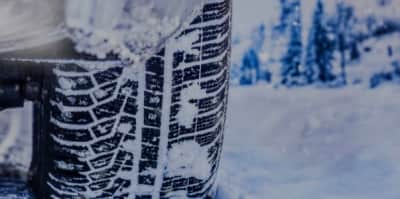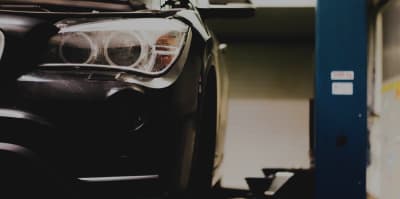
05 March 2015, 10:44
Brake pads are one of the parts of your car which are subject to the most wear and tear. If you regularly drive in the city, you may find that you have to change your brake pads more regularly as city driving requires you to stop more often. Brake pads might need changing fairly often, but the good news is that they are easy to change and you can do it yourself without needing any specialist tools.
How to change the brake pads on your car
- Loosen the nuts on each wheel. Then raise your car using a jack. Take off the wheel completely (one at a time) to get full access to the brake assembly.
- Locate the two bolts which keep the calliper in position. If you can’t find them you should be able to find a diagram in your car manual or you can search online for the specific location in your make and model of car. You will need to remove the lower of these two bolts.
- When this bolt is removed, the calliper will turn upwards. The hydraulic line is flexible so will move out of the way to allow this to happen. There is no need to disconnect any hydraulic lines at any point in this process.
- By now, it will be very easy to see the brake pads themselves and to inspect their condition. You will be able to tell if they need replacing in one of two ways. Firstly, if the indicators (small metal tabs) make contact with the rotors then you will know that the pads have worn out. Secondly, the friction material on any brake pad should be at least an eighth of an inch thick at all points. If it falls below this then you should definitely fit new brake pads.
- Next you simply slide the brake pads from below the clips and take them away from the wheel. Your new brake pads will also come with new retaining clips. The clips will just click into place and you shouldn’t have to screw or unscrew anything. Always use the clips which come with the new pad rather than re-using the old ones, just in case they are damaged and you cannot tell. Each brake pad will usually have 2 clips, just change one at a time.
- You will probably find that your new brake pads come with a packet of grease. Don’t throw this away! Apply a small amount to each of the clips to stop them from squeaking too much.
- It is just as easy to fit the new brake pads as it was to slide the old ones out, but the new clips may be slightly tighter.
- You may find that the pistons on your car need to be pushed back in order to make way for the new brake pads which will be thicker than the worn ones. The pistons are the part of the car which move when you push the brake pedal and squeeze the brake pads which stop the rotor which then, in turn, stops the car.
- You will need to use a C-clamp in order to push the pistons back to make room for the new brake pads. If your car has more than one piston per brake pad then you will need to push them both back at the same time, otherwise one could become detached. Make sure that you take extreme care at this stage, it requires a lot of patience but will be the difference between safely changing your brake pads and making the problem much worse. Whatever you do, don’t damage the rubber seal which surrounds and protects the pistons. Make sure that you apply steady pressure throughout and don’t make any sudden movements.
- Be aware that when you push the pistons back, the level of the brake fluid in your car will rise. If your car has been serviced recently then someone may have topped up the brake fluid and it may be in danger of overflowing. Take the cover off the master cylinder reservoir to check the level before you push back the piston on the second brake pad. If the fluid looks like it might spill over then syphon off some of the fluid using a piece of tubing or a turkey baster. The level of fluid will then decrease naturally as the new brake pads are worn in. Always make sure that the level doesn’t drop below the minimum level marked on the master cylinder.
- Once you have pushed the pistons back you shouldn’t have any problems sliding the calliper over the new brake pads. The calliper may feel like a tighter fit than it was with the old brake pads. Just make sure that the piston is pushed back as far as it will go and the fit should be fine.
- Re-fit the bolt in the same position it was before and put the tyre back on. Do the same for all of the other brakes keeping an eye on the brake level fluid as you push back the pistons.
- Test the brakes to make sure that they are fully functional.
- If you have any worries or doubts at any stage of the process, stop what you are doing and get a professional to take a look. Brakes are extremely important and it is never worth comprising the safety of your vehicle.
All about the Brakes
- Brakes repair and replacement
- How to paint brake calipers
- How to make your brakes last longer
- How to change brake discs
- Where to Get Cheap Car Batteries
- Why a service of brake fluid and hydraulics is so important
- How to change brake fluid
- What are backing plates?
- How to diagnose your brake problems
- How to change brake pads
- How to use a Brake Bleeding Kit
- What is a Brake Bleeding Kit






